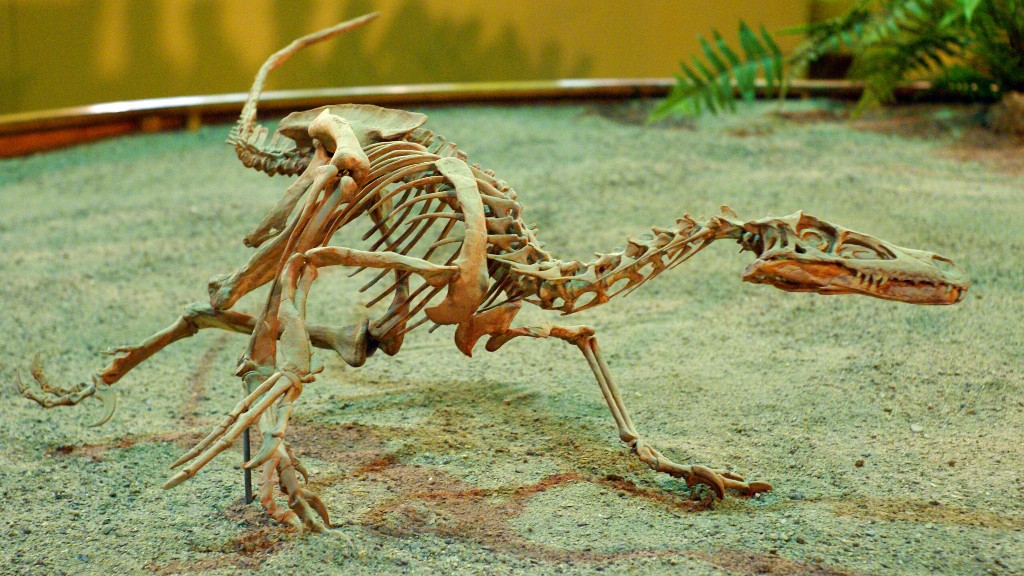How Mammals Survived the Asteroid that Killed Dinosaurs
Picture this: a catastrophic event filled with fire and destruction, powerful enough to wipe out entire species and reshape the face of our planet. This is the story of the asteroid that struck Earth millions of years ago, bringing an abrupt end to the reign of the dinosaurs. Yet, amongst the chaos and devastation, a group of resilient creatures emerged from the ashes – mammals. How did they survive? How did they manage to claw their way to the top of the food chain, while other mighty creatures perished? Let us embark on a journey through time, exploring the incredible story of mammalian survival.
The Rise of the Mammals
When the asteroid struck our planet, it unleashed a cataclysmic event that led to the extinction of about 75% of all species on Earth, including the dinosaurs. The aftermath left a desolate and inhospitable environment, with devastation stretching across the globe. Chaos reigned supreme, and amidst this chaos, the mammals silently emerged as the underdogs of the post-apocalyptic world.
Mammals, with their warm-blooded nature and ability to regulate body temperature, were uniquely equipped to withstand the sudden changes in climate. While the dinosaurs struggled to adapt to the new, harsh conditions, mammals thrived in the darkness. Their small size allowed them to scurry into crevices and burrows, seeking refuge from the chaos above. With their keen senses, they navigated the treacherous landscape, finding shelter and sources of food that could sustain them. It was their adaptability and resourcefulness that ultimately ensured their survival.
An Ongoing Evolutionary Journey
The survival of mammals did not rest solely on their ability to weather the immediate aftermath of the asteroid impact. It was also their capacity for evolution that carried them through the eons that followed. Over millions of years, mammals diversified and evolved, occupying different ecological niches that allowed them to exploit various food sources and habitats.
One of the defining characteristics of mammals is their ability to give birth to live young and nurse them with milk. This adaptive feature provided a significant advantage in the post-apocalyptic world. It allowed mammals to invest more time and energy into nurturing their offspring, ensuring their survival and strengthening their species. Gradually, mammals developed complex social structures, giving rise to the primates and eventually humans.
Survival of the Fittest: Adapting to New Challenges
The resilience of mammals shines through yet again in their ability to adapt to new challenges that arose in the aftermath of the asteroid strike. As vegetation was reduced and ecosystems shifted, mammals diversified their diets to include a wider range of food sources. Some developed specialized teeth for consuming hard-shelled fruits and nuts, while others evolved sharp, carnivorous teeth to prey upon the smaller survivors of the catastrophe.
Mammals also took advantage of the newfound absence of large predators, stepping into the vacant ecological roles left by the extinct dinosaurs. This allowed them to exploit new opportunities and occupy niches that were previously inaccessible. It was their ability to adapt, innovate, and seize these opportunities that shaped the trajectory of their survival and eventual dominance.
The Triumph of Mammals: A Legacy that Continues
As we stand here today, the descendants of those resilient mammals that survived the asteroid strike continue to thrive, spreading across every corner of our planet. From the mighty elephants roaming the savannahs of Africa to the tiny bats flitting through the night sky, mammals have proven their ability to adapt, survive, and thrive through unimaginable challenges.
The story of how mammals survived the asteroid that killed the dinosaurs is a testament to the power of resilience and adaptability. It is a story that highlights the extraordinary feats of these small, unassuming creatures that defied the odds and carved their path to supremacy. As we marvel at the wonders of the natural world, let us not forget the incredible journey that led us to this point – a journey paved by the survivors of a cataclysmic event, the mammals.


